Who would have thought that I would return to Jämtland after so many years? Not physically, however, only mentally … Years ago my research group analysed the sediments in Lake Spåime, a small lake close to Snasahögarna, between Handöl and Sylarna to reconstruct the climatic and environmental development of the area during the last 10 000 years. We cored the sediments in winter from ice and experienced most of the time bitter cold weather and blizzards.


A few years later, I returned with a group of students on a geology excursion, mainly to look at the sediments and landforms left behind by the last ice sheet. We traveled from Östersund to the Norwegian border and back.
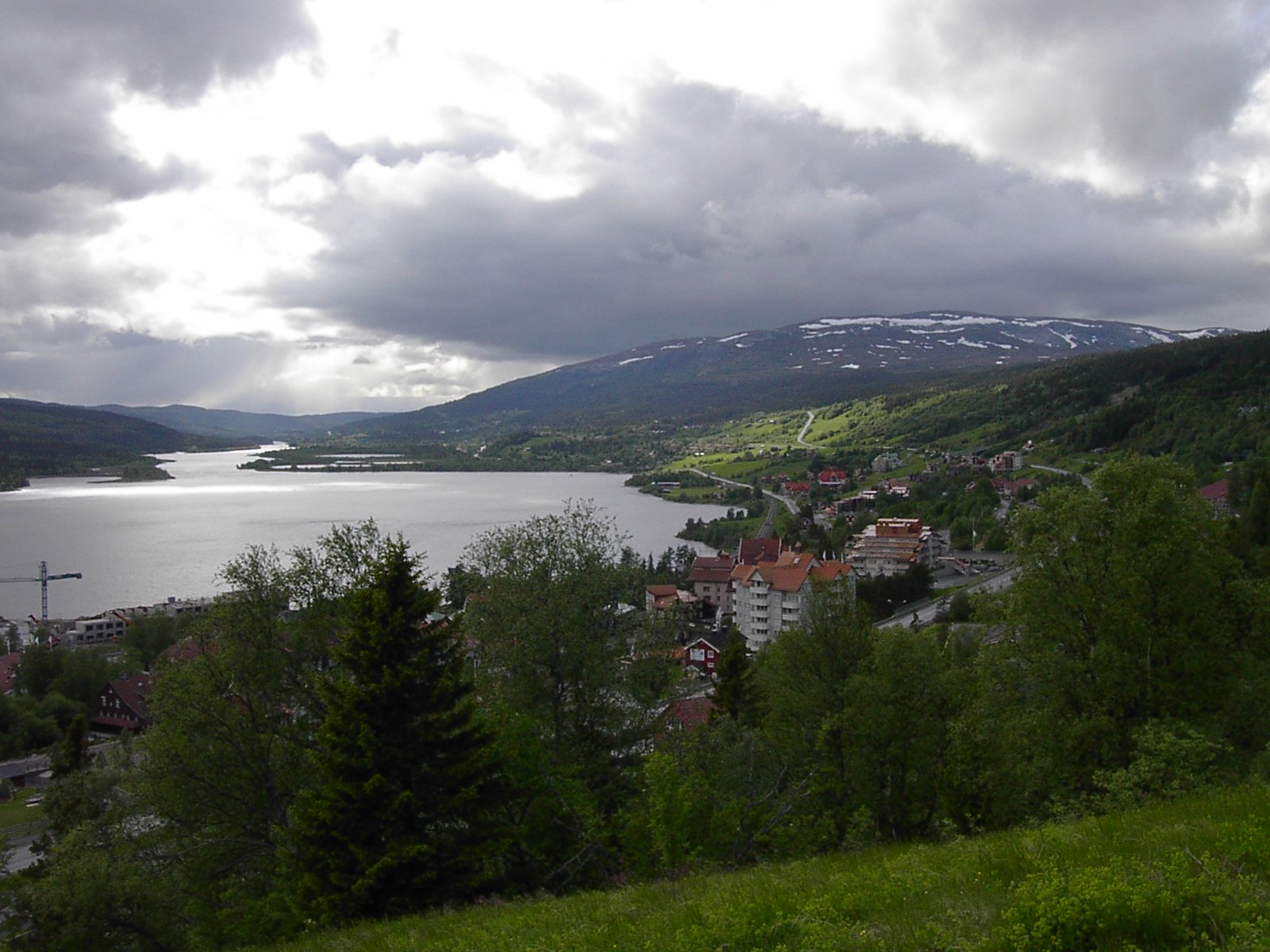
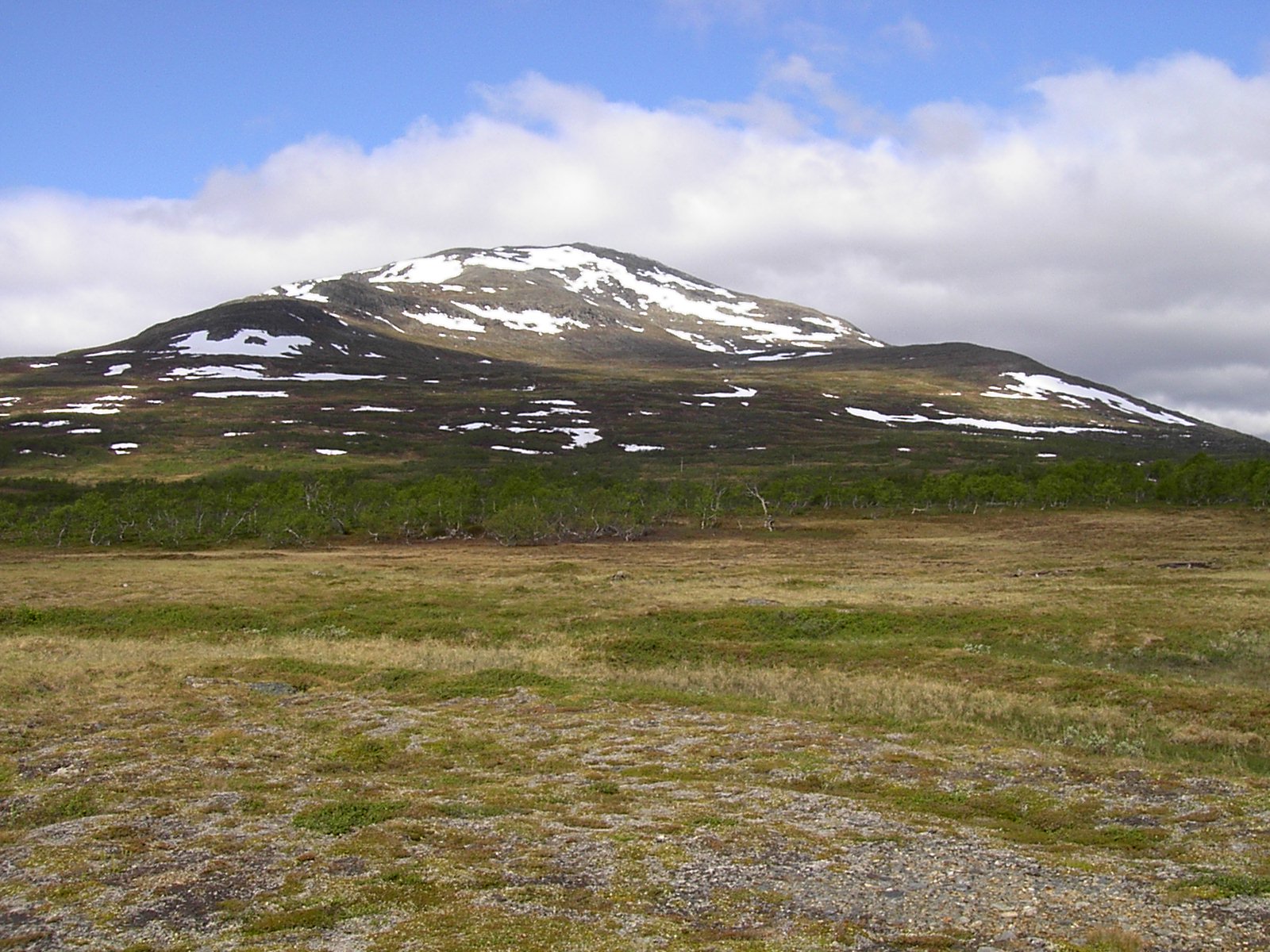
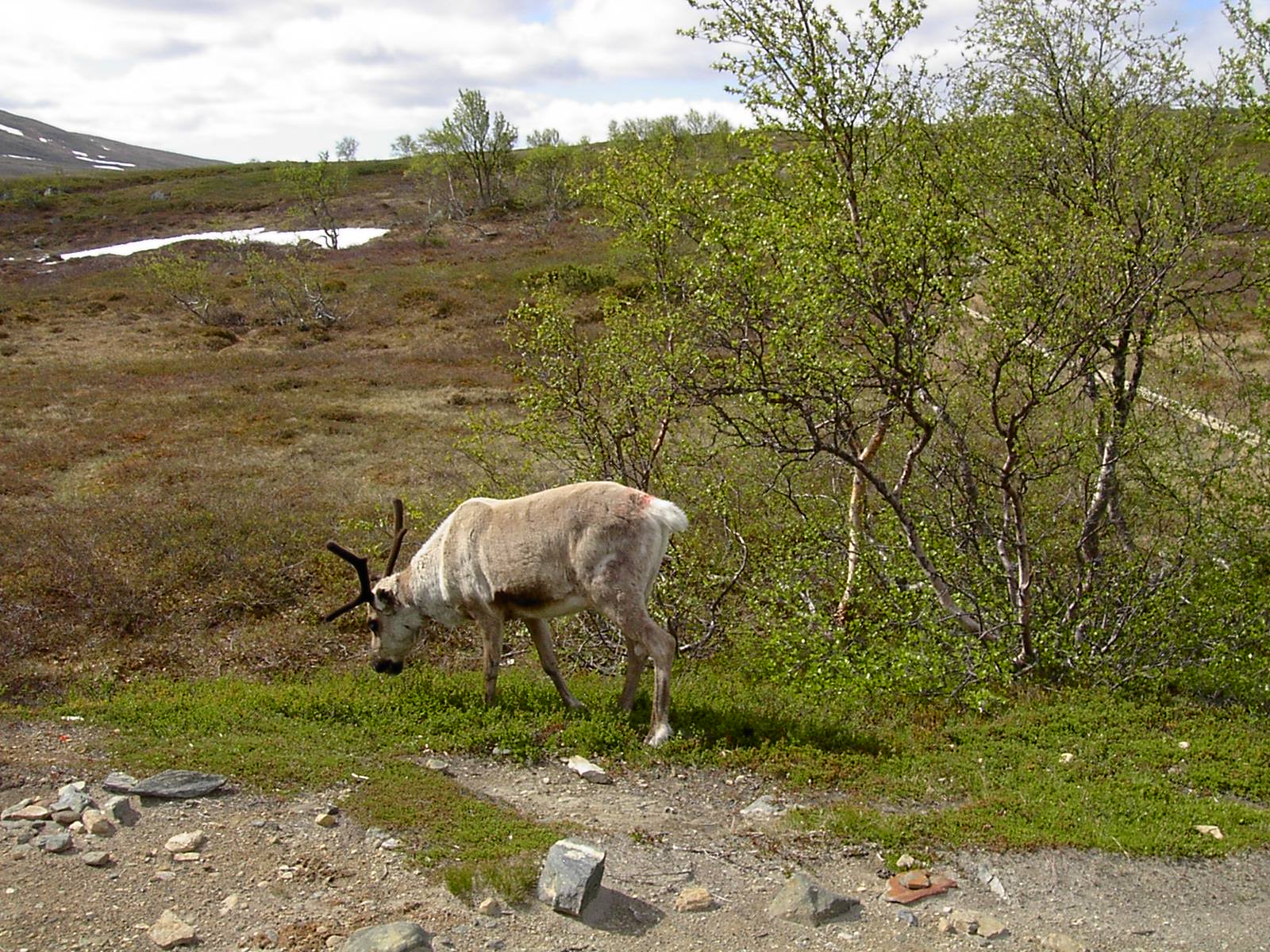

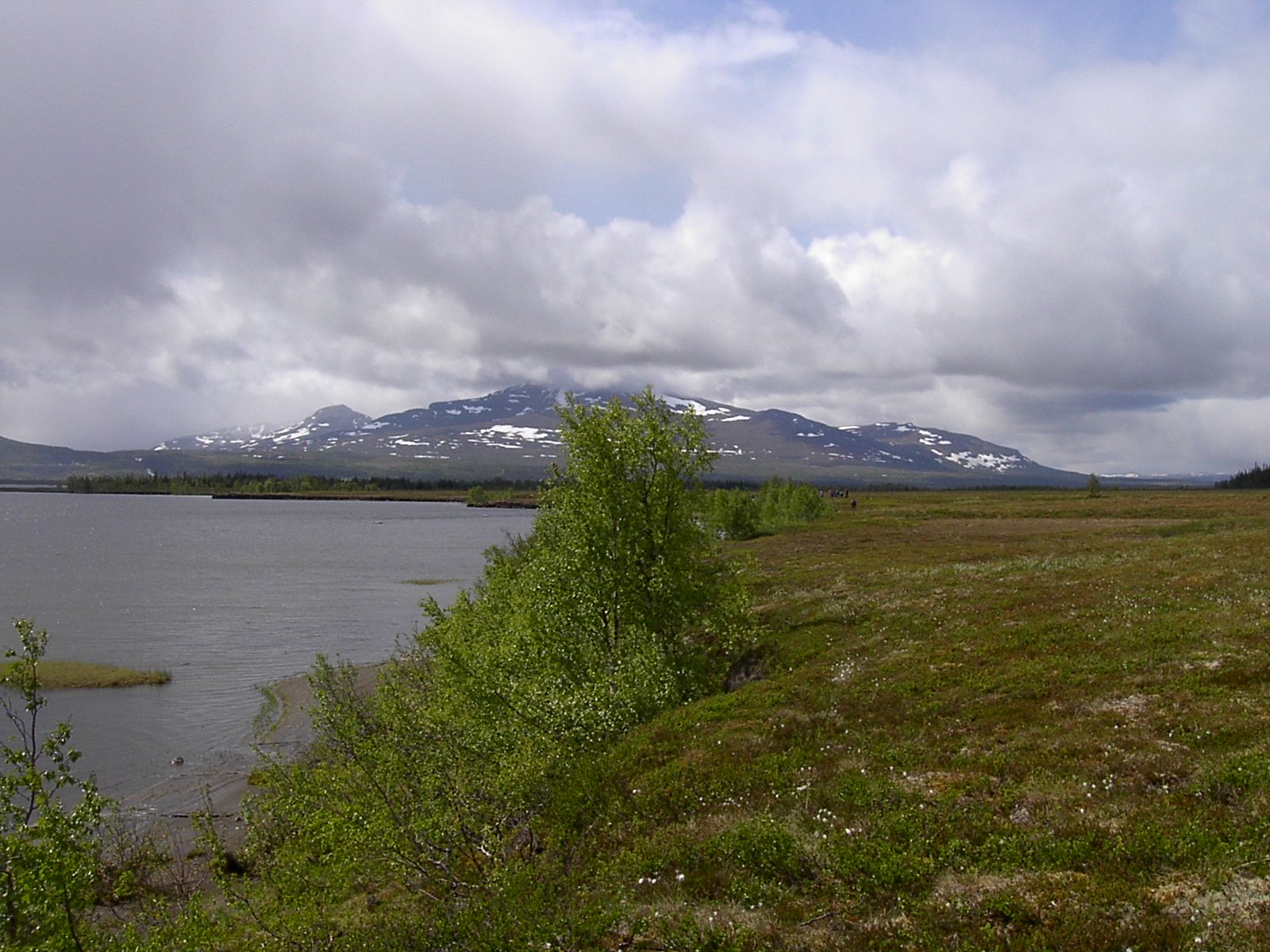
One of our last stops was at Pilgrimstad, southeast of Östersund. Remains of a mammoth and sediments older than the last glaciation had been reported from this site. Many years later I returned to Pilgrimstad to study these sediments in much detail. I had however no idea then that exploration licences had been granted to Continental Precious Metals and Aura Energy for exploring the alum shale in the Myrviken area not so far from Pilgrimstad.
While I was busy with studying the sediments in Pilgrimstad, these companies (which by the way changed owners and names since then) explored the alum shale for a range of metals, including uranium. But since mining of uranium is no longer allowed and vanadium prices suddenly rocketed, it was of course much better to now focus on vanadium – the new gold.
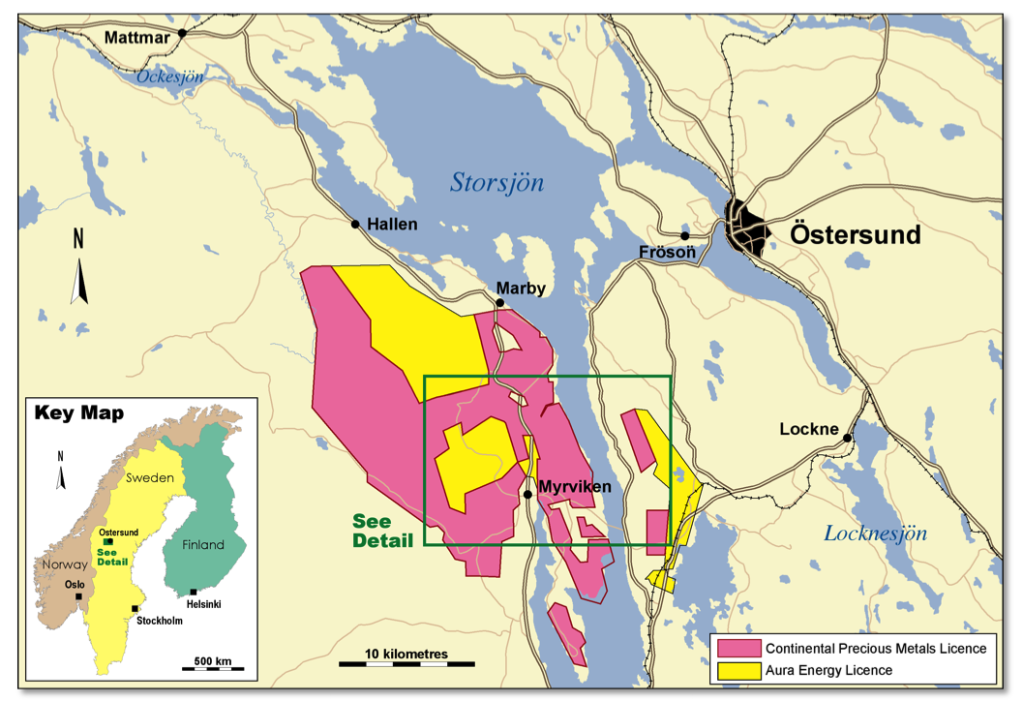
Continental Precious Metals transferred their licence to EU Energy Corp in 2016 and together with Aura Energy’s 100% owned Vanadis Battery Metals, the two companies are now the big players in the region with a focus on exploiting the alum shale for vanadium: EU Energy Corp. has its Viken Project and Aura Energy/Vanadis Battery Metals its Häggån Project.
When I looked at the home page of the two companies, it struck me how similar the jargon, the text, the pictures and the visions are to that of ScandiVanadium in Skåne: world’s largest vanadium resources, easy to exploit, attractive economics, Sweden as a mining friendly jurisdiction, jobs will be created for loads of people, and so on. Clean and environmentally friendly (open cast) mines (please note that there are no environmentally friendly mines!), no pollution of the groundwater or the agricultural soils, easy storage of the waste, … and – Vanadis Battery’s vision of a Hi-tech Hub in Jämtland and ScandiVanadium vision of leasing out Vanadium sound too good to be true. I really hope that no one believes these statements.
Grand visions, but not a single mentioning of the dangers that are connected with mining alum shale. Not a single mentioning that a processing plant needs to be built, that mining alum shale for vanadium entails that huge amounts of processed and toxic shale need to be stored somewhere. No mentioning that huge amounts of water and energy will be needed, that toxic metals (including uranium) in the waste will leak, no mentioning of which type of technology will be employed to extract vanadium so that any type of environmental disasters can be avoided.
If Swedish legislation in the near future would allow mines to be opened in the alum shale, we can be sure that these mines will have enormous environmental consequences. I think we (and here I include our politicians) should by now have learned something from studying historic Alum shale mines and their huge leaking waste piles. These are still polluting our ground water and will do so for many years to come.


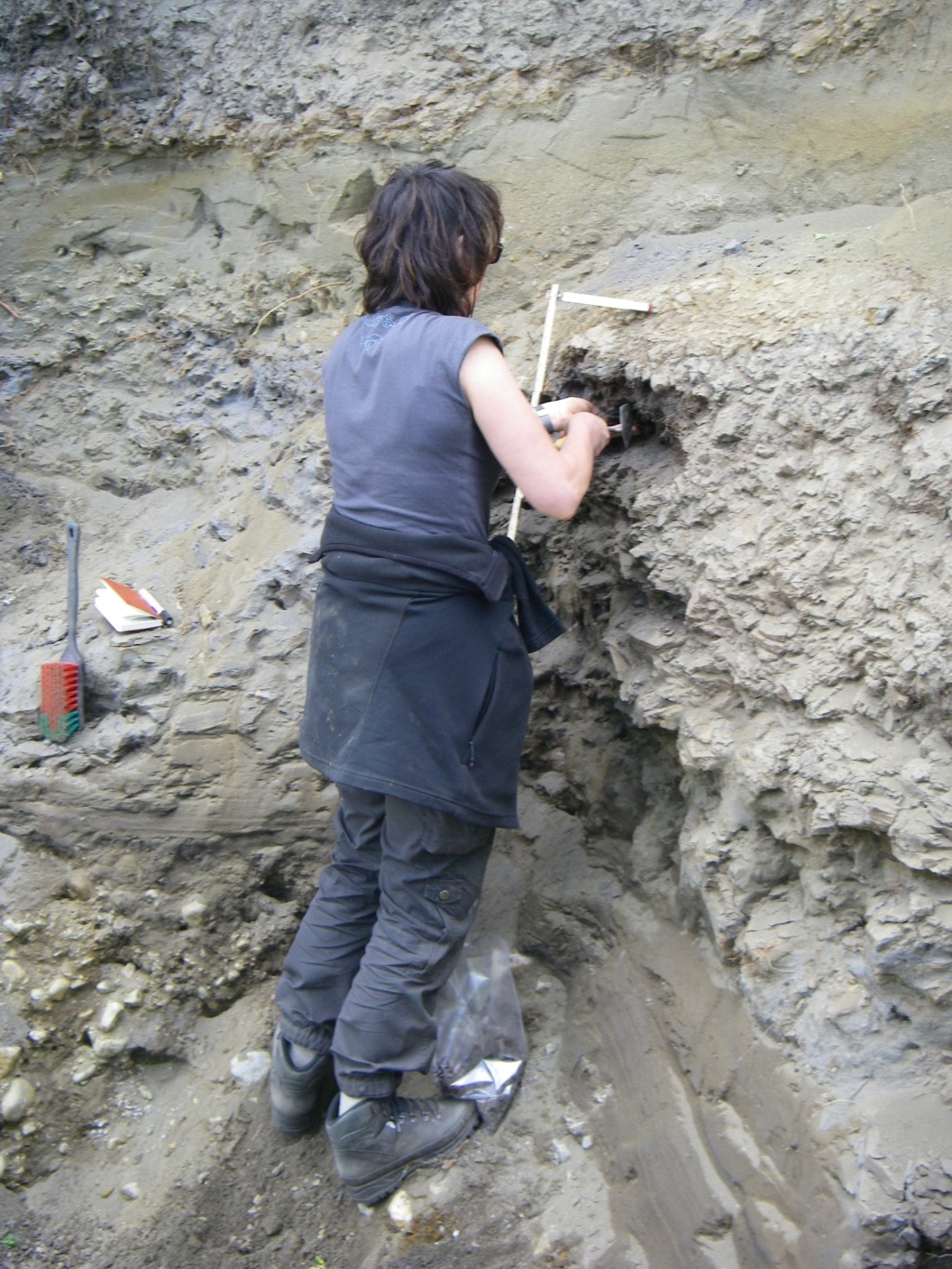



This map and accompanying info has never been released in DN and probably not in any other daily paper either. This article should be sent to them! People in Östersund and Jämtland seem to be totally misinformed about mining consequences. I have seen and evaluated the environmental consequences of mining activities in many countries, especially in Africa. I am devastated, especially as my relatives originate from Oviken and the whole area now included to be destroyed. Storsjoen is the main freshwater source of Jaemtland. It will be contaminated. How can Sweden allow a governmental institution like Bergstaten to make decisions with such enormous devastating impacts only referring to a very old outdated law? Apparently, Bergstaten lacks sufficient environmental capacity to perform its job. Please inform them!
Inga-Lill Andréhn
When it comes to granting an exploration permit, then Bergsstaten follows the Swedish law, the Minerals Acts.
The map I show can be found on the internet. Anyone could have had access to it.
An open cast mine in the Alum Shale and the associated huge amounts of mining waste (really much shale has to be processed to get out Vanadium) will – no doubt – pollute the lake, the groundwater and the soil. Not to talk about the high amounts of uranium in the shale, which will leak out.
No matter if the Alum Shale mine is in Skåne or in Jämtland or anywhere else.
Pingback: Gruveselskap krever 17 milliarder fra Sverige for uran-forbud | steigan.no